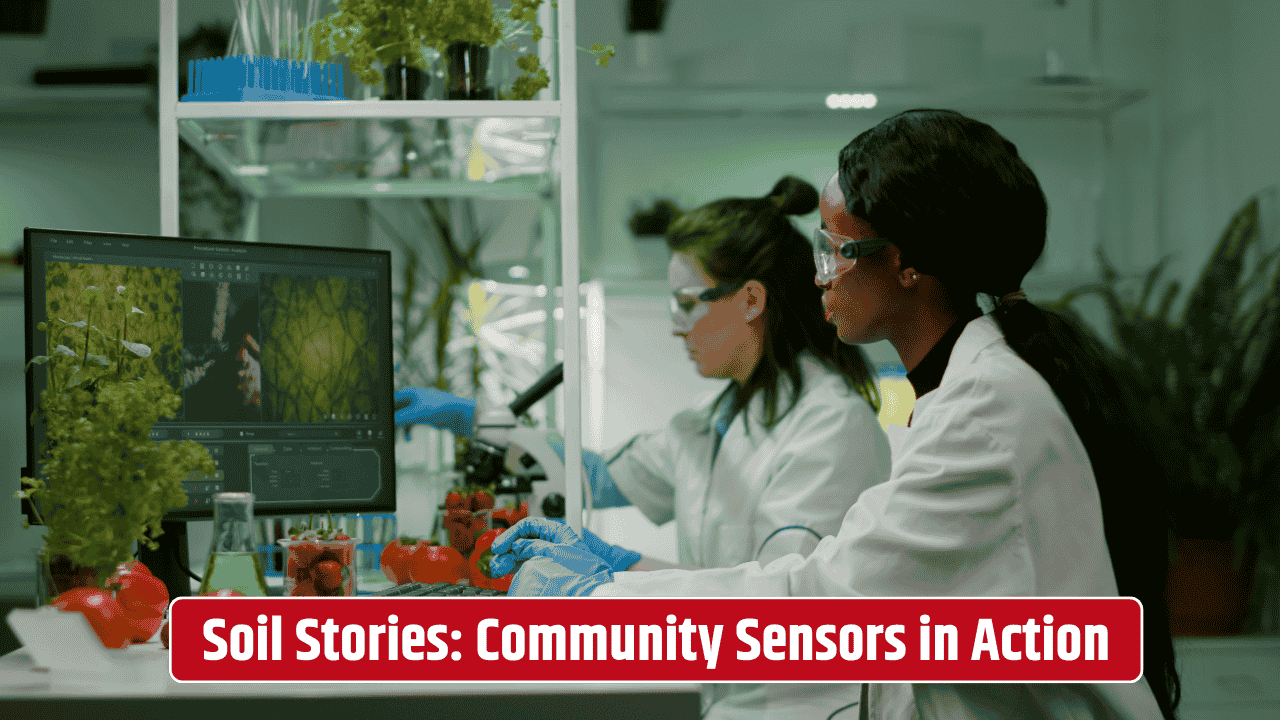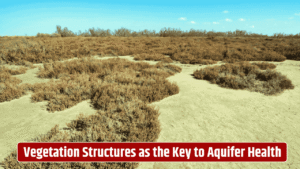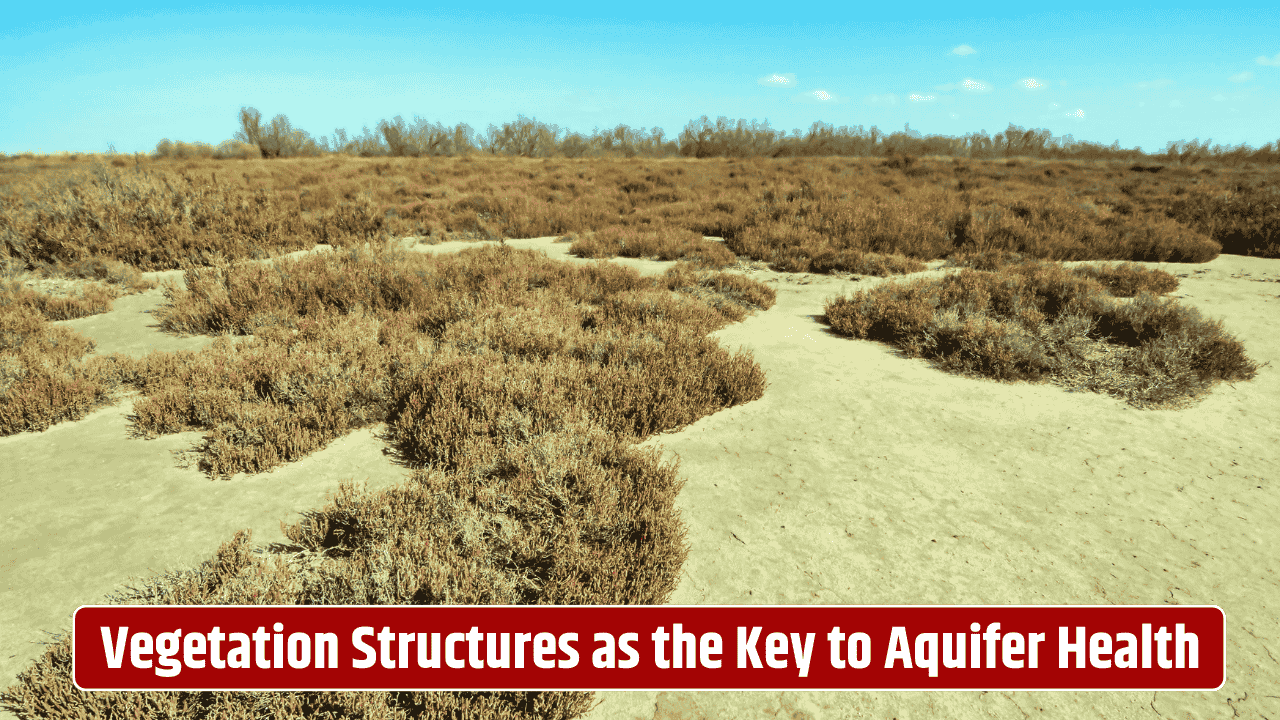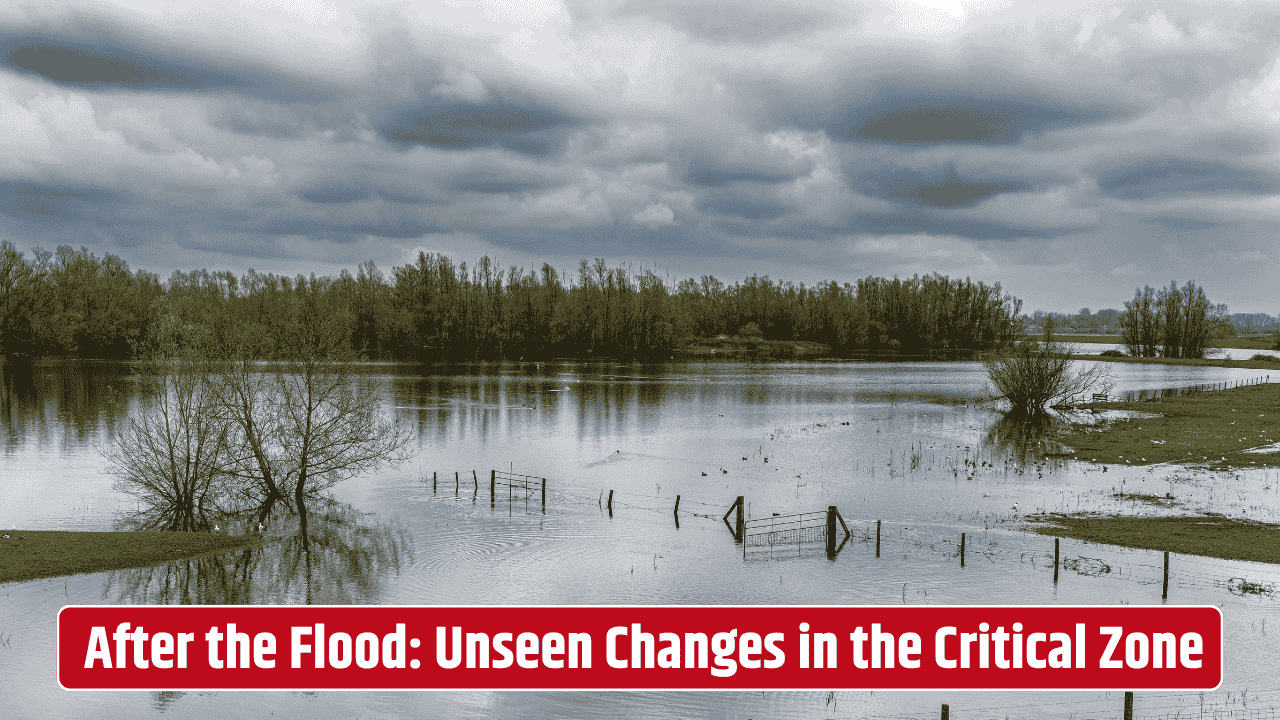There’s something quietly revolutionary happening beneath our feet, and most of us barely notice it. Soil—yes, the same dusty stuff we try to wash off our shoes—is becoming the stage for a new kind of community science. Farmers, gardeners, students, even curious neighbors are teaming up with low-cost soil sensors and a bit of curiosity to monitor what’s happening underground. It’s part grassroots movement, part tech experiment, and part environmental necessity.
Table of Contents
Why Soil Matters More Than We Think
Healthy soil isn’t just about growing better tomatoes. It’s the foundation for our food system, a carbon sink that helps fight climate change, and a natural filter that protects our water. But here’s the catch: soil health is notoriously tricky to measure. Traditional methods rely on expensive lab tests, which aren’t always accessible for small farmers or local communities.
That’s where citizen science comes in. By giving people easy-to-use soil sensors and some basic training, whole neighborhoods can start gathering data on soil moisture, pH, organic matter, and even temperature fluctuations. Suddenly, what used to be the domain of big research institutions is opening up to classrooms and community gardens.
Soil Sensors: From Lab Tech to Backyard Gadget
Remember when GPS was only for the military and now it’s in everyone’s phone? Soil sensors are on a similar journey. A decade ago, you’d need a university grant to get your hands on them. Today, you can order a reliable soil moisture sensor online for less than a family dinner out.
These sensors, when linked with simple apps or open-source platforms, allow communities to map out soil health over time. Some even connect to IoT networks, sending real-time data to dashboards where anyone can see patterns—like which patches of farmland dry out too quickly, or how urban parks retain water after a storm.
| Sensor Type | What It Measures | Common Uses |
|---|---|---|
| Soil Moisture Probe | Water content in soil | Irrigation management, drought tracking |
| pH Meter | Acidity/alkalinity | Crop selection, pollution detection |
| EC Sensor | Electrical conductivity | Fertility monitoring, salinity levels |
| Temperature Sensor | Soil temperature | Planting schedules, climate studies |
Community Science in Action
One of the most inspiring examples comes from groups of farmers in India who’ve been using community-owned soil sensor kits to manage irrigation. Instead of flooding fields on guesswork, they water crops only when the soil data says it’s needed—saving both water and money.
In the U.S., projects like Citizen Science Soil Health Project by USDA are encouraging schools and local conservation groups to track soil changes over time. It’s not just about data collection either; it’s about sparking conversations. When kids see soil data graphs from their school garden, they start asking questions about climate, farming, and sustainability in ways textbooks never manage.
The Challenges Nobody Talks About
Of course, it’s not all rosy. Low-cost sensors can be finicky, and readings sometimes vary with placement or calibration. There’s also the issue of who owns the data—should it stay within the community, or be shared with larger networks? These debates aren’t just technical; they touch on equity, privacy, and trust.
Then there’s the human factor. Gathering soil data consistently requires motivation. It’s fun in the beginning, but keeping volunteers engaged for years is harder than it sounds. Still, many projects are finding creative solutions: tying soil data to school competitions, linking farmers with researchers, or even gamifying the process with apps.
Why This Movement Matters
Citizen science is more than just a nice hobby. It builds resilience. Imagine a small farming community that can track soil degradation early and adjust practices before yields collapse. Or an urban neighborhood mapping lead contamination to demand safer cleanup policies. That’s not just science—that’s empowerment.
The movement is also reshaping how research happens. Instead of top-down studies where academics “extract” data, citizen-led soil monitoring makes research more participatory. It democratizes knowledge, and that’s powerful in an age when trust in institutions can feel shaky.
Fact Check
Some flashy headlines make it sound like citizen scientists will replace professional soil labs altogether. That’s not the case. Professional labs remain essential for in-depth analysis of nutrients, contaminants, and microbiology. Community sensors are complementary—they provide quick, widespread monitoring, while labs handle the precision work. The USDA, EPA and other agencies stress that both approaches are necessary for a complete soil health picture.
FAQs
What kind of soil sensors are affordable for community projects?
Basic moisture, pH, and temperature sensors are widely available at low cost, while advanced nutrient sensors remain pricier.
Can citizen-collected soil data actually influence policy?
Yes, especially when it highlights local issues like contamination or water scarcity. Policymakers are increasingly open to community-sourced evidence.
Do soil sensors need special training to use?
Most basic sensors are plug-and-play, but calibration and consistent use do require some guidance. Many NGOs offer workshops.
How reliable is citizen-collected data?
It’s not perfect, but when aggregated across many samples, it provides valuable insights and trends, especially for local-scale monitoring.
Is my data safe if I upload soil readings to public platforms?
It depends on the platform. Some open-data projects are transparent about usage, but always check privacy terms before sharing.










